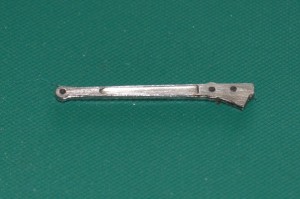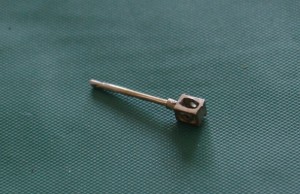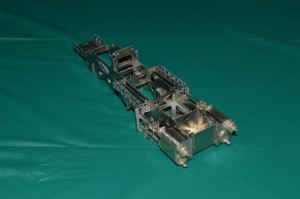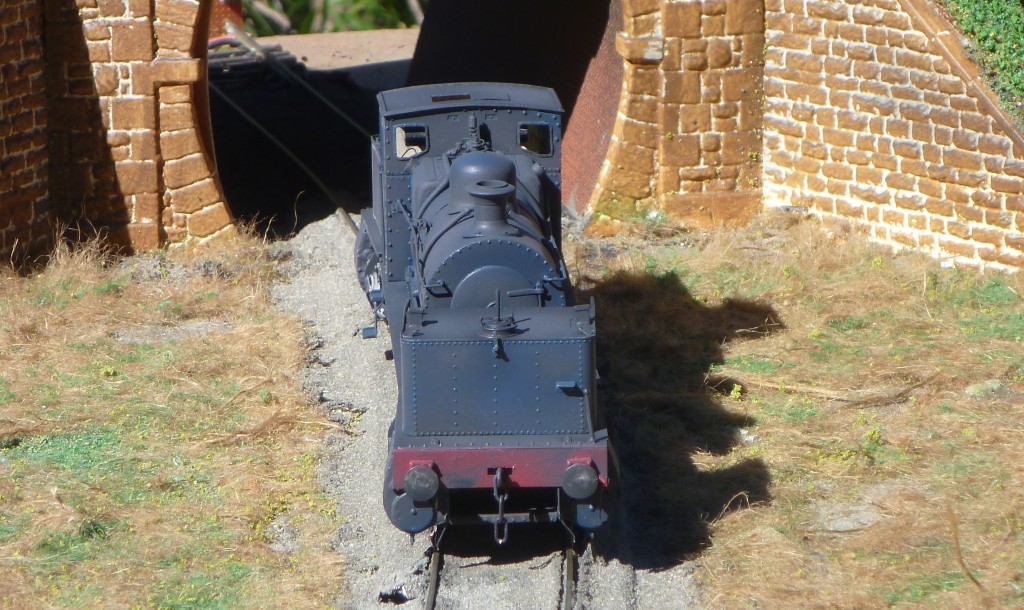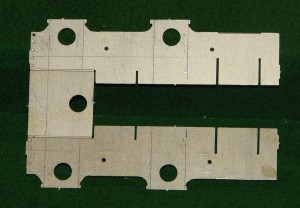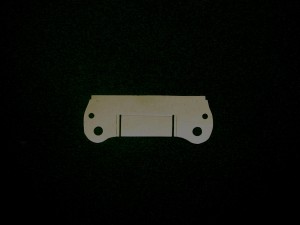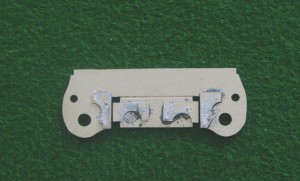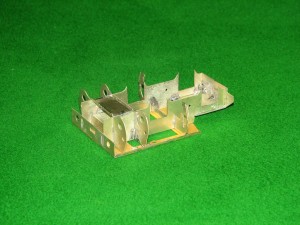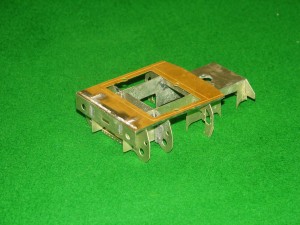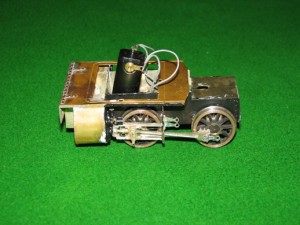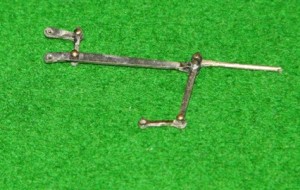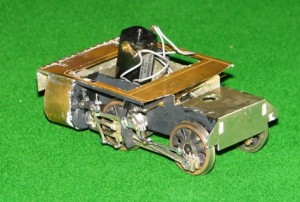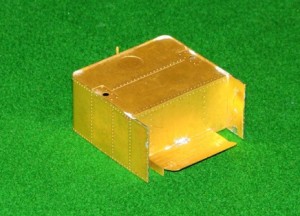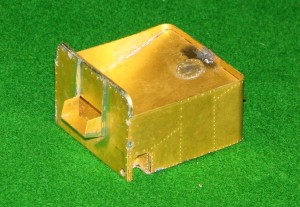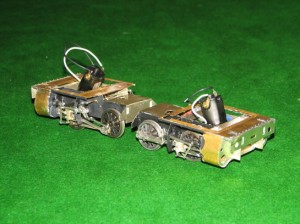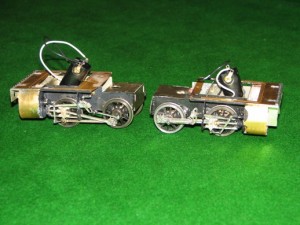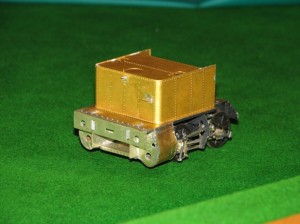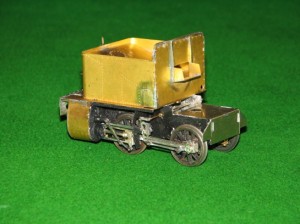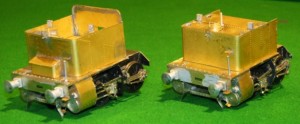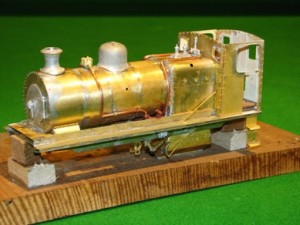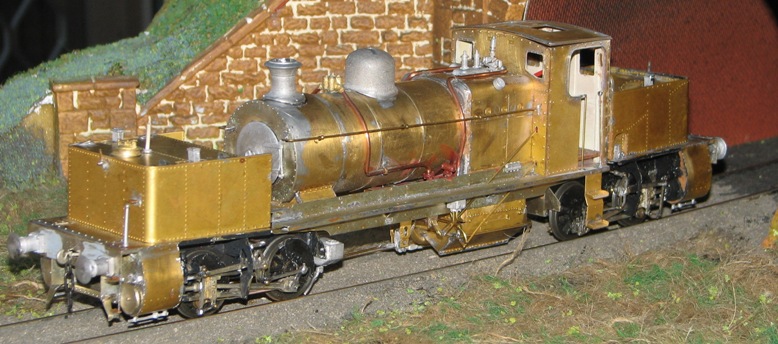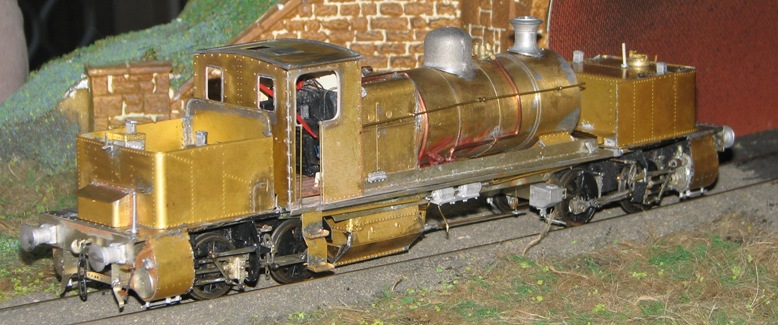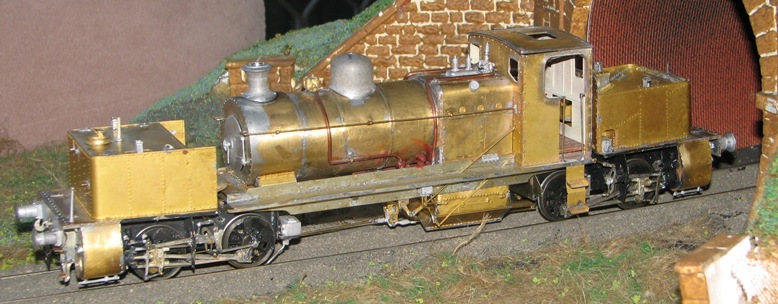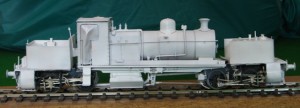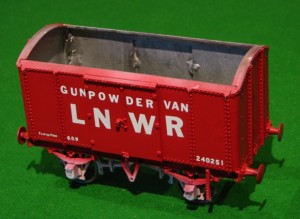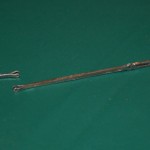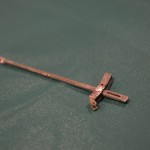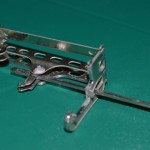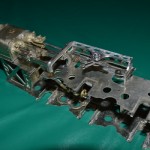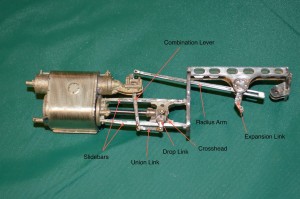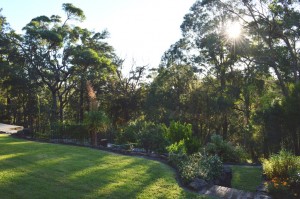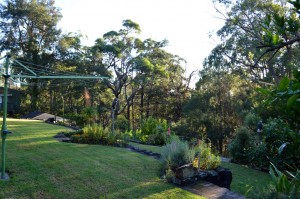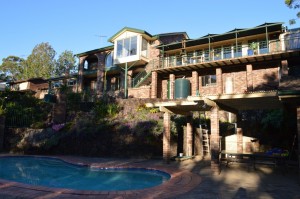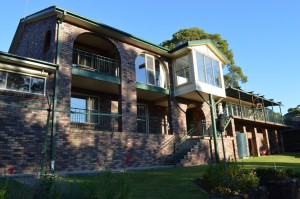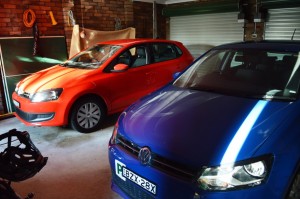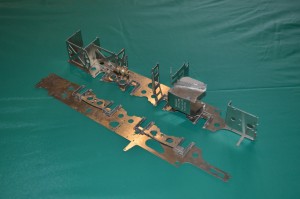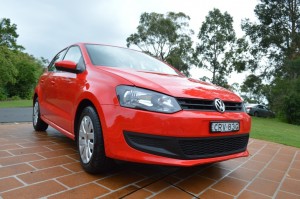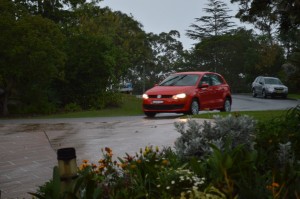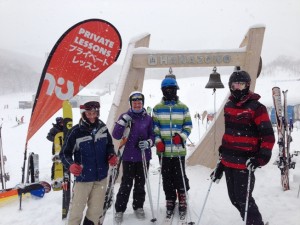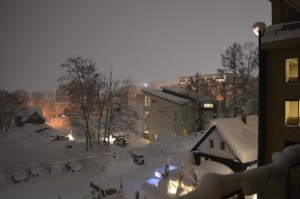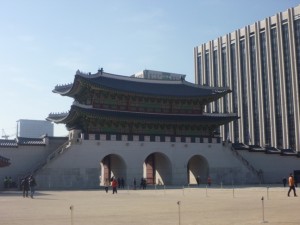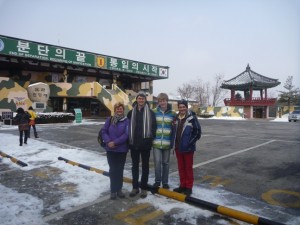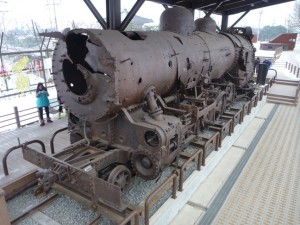I spent a pleasant day in Melton, near Melbourne. It was a day-trip (!) from Sydney to see fellow-ScaleSeven enthusiasts Richard Davidson and John Ritter. The original idea had been to go to the VicG0G meeting, but somehow we never actually made it there.
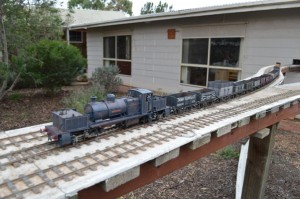 This was mainly because Richard has a wonderful outdoor circuit, upon which we could run our trains.
This was mainly because Richard has a wonderful outdoor circuit, upon which we could run our trains.
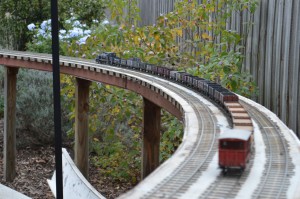 Richard has a large shed in the back garden, out of which the railway comes. It then goes around a circuit of more than 50m of track and back into the other side of the same shed.
Richard has a large shed in the back garden, out of which the railway comes. It then goes around a circuit of more than 50m of track and back into the other side of the same shed.
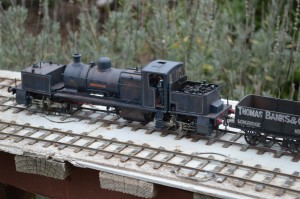 As you can see, I took my industrial Garratt (William Francis) down to Melbourne with me. I’m pleased to say that WF ran very well during the day.
As you can see, I took my industrial Garratt (William Francis) down to Melbourne with me. I’m pleased to say that WF ran very well during the day.
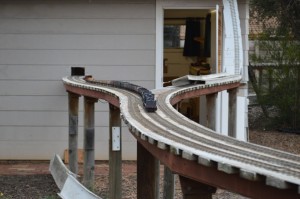 The Garratt could haul a load of 27 wagons, which is the most it has ever pulled. I do not have that many trucks myself, and in any case Richard’s wagons are better -built that my own, and offer less rolling-resistance, I suspect.
The Garratt could haul a load of 27 wagons, which is the most it has ever pulled. I do not have that many trucks myself, and in any case Richard’s wagons are better -built that my own, and offer less rolling-resistance, I suspect.
It drew 450mA current with or without a load of wagons, which is good even though it means there is probably too much friction in the locomotive running gear itself. It ran so well that we left it running round and round for hours, which probably loosened up the running gear nicely.
 Richard has some lovely locomotives as well as his magnificent collection of private owner wagons.
Richard has some lovely locomotives as well as his magnificent collection of private owner wagons.
This one is Caledonian Railway 0-4-2 No 705, designed by George Brittain and built by Dubs in 1881.
As usual, click on pictures to enlarge.
In Richards words: it is scratchbuilt except for the gears (plastic, two start worm, 11:1 ratio ex motor car window winder). The motor is ex computer, from Proops at $2.50, draws 12 mA light, 30 mA with gearbox and about 100-200 mA on a train. The wheels were fretted out of brass and insulated with a strip of thin perspex between the centre and the tyre.
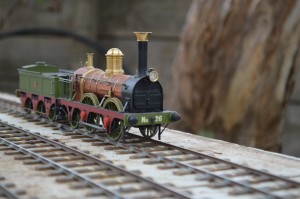 The second one is North British Railway 0-4-2 No 26, a mixed traffic engine built in 1845 by R & W Hawthorn of Leith. The original was fitted with a patent valve gear in which reversing and cut-off were controlled by separate levers. The valve was in two parts that slid over each other and the valve rod was hollow, with the cut-off rod inside it.
The second one is North British Railway 0-4-2 No 26, a mixed traffic engine built in 1845 by R & W Hawthorn of Leith. The original was fitted with a patent valve gear in which reversing and cut-off were controlled by separate levers. The valve was in two parts that slid over each other and the valve rod was hollow, with the cut-off rod inside it.
Again, Richards words: I built the engine with a crank axle but have got no further with the valve gear. The motor is a Mashima 1824 in the firebox, driving through a cut-away (27:1) North West Short Lines idler gearbox. The final drive gear is on the axle between the eccentrics and the idler gear is meshed with the worm in what is left of the gearbox. The mesh between the drive gear and the idler can be adjusted. The engine is also scratchbuilt except for the motor and gears. The livery is guesswork..
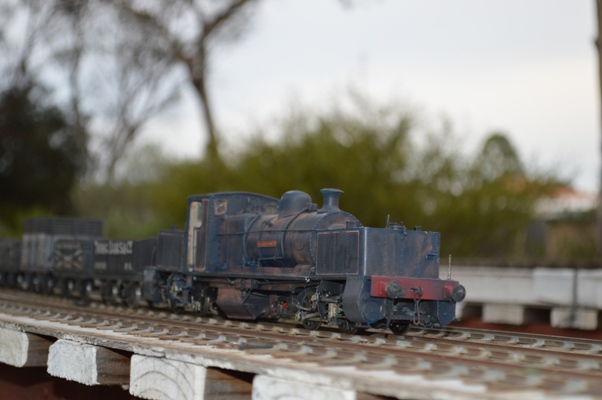
 They both have to be carefully filed back to allow the combi. lever to move through an angle of about 25 degree either side of verticle in the crosshead.
They both have to be carefully filed back to allow the combi. lever to move through an angle of about 25 degree either side of verticle in the crosshead.

